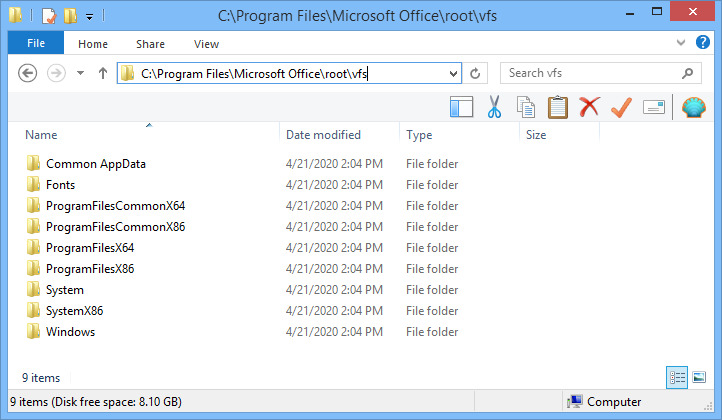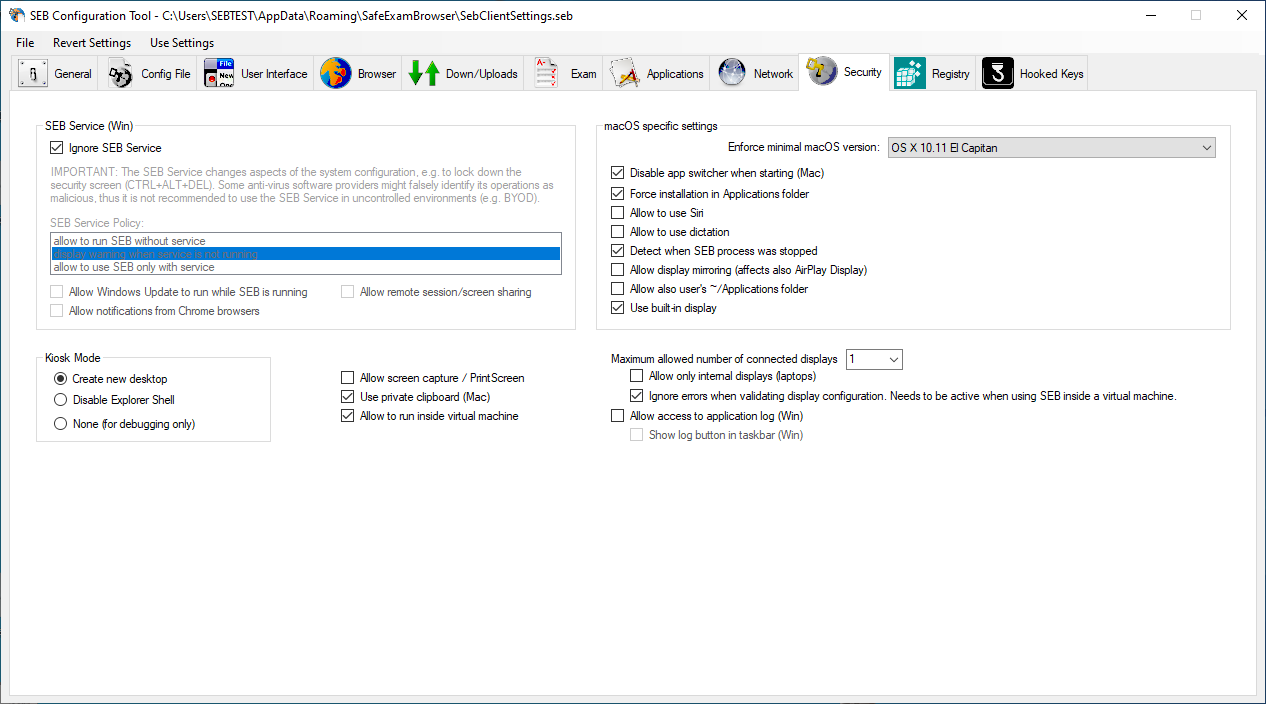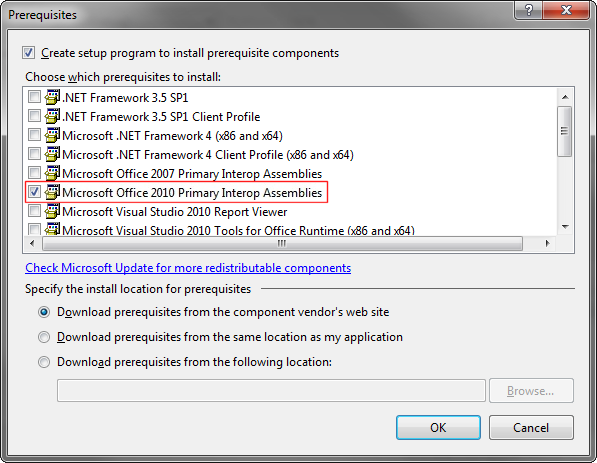

if the value is 0 or less - and I doubt it could ever be less). if the value is >=1), or IF NOT ERRORLEVEL 1 (i.e. The other syntax for testing ERRORLEVEL, don't do if errorlevel 0 (silly) 'cos that asks the value is >=0. So you can test IF %errorlevel%=0 You can test IF NOT %errorlevel%=0 When %errorlevel% is >=1 then it means error.

#ACCESS RUNTIME 2010 INSTALL LOCATION REGISTRY WINDOWS#
I look for Windows Media Playerr (notice the extra r) C:\>reg query "HKEY_LOCAL_MACHINE\SOFTWARE\Microsoft\Windows\CurrentVersion\UninĮrror: The system was unable to find the specified registry key or value That "successful" reg query command sets ERRORLEVEL to 0, meaning no error. UninstallString REG_SZ "C:\Program Files\Windows Media Player\Setup_wm.ĭisplayIcon REG_SZ C:\Program Files\Windows Media Player\wmplayer.exe HKEY_LOCAL_MACHINE\SOFTWARE\Microsoft\Windows\CurrentVersion\Uninstall\Windows MĭisplayName REG_SZ Windows Media Player 10 One program listed is Windows Media Player, which you'd have too C:\>reg query "HKEY_LOCAL_MACHINE\SOFTWARE\Microsoft\Windows\CurrentVersion\Unin You can run that command and scroll through that just to get an idea of the command C:\>reg query HKEY_LOCAL_MACHINE\SOFTWARE\Microsoft\Windows\CurrentVersion\Unins Here is the place in the registry where that is stored. C:\>if exist a.a echo hereĪs an example, whatever the program, one place you might see the thing is in Add/Remove programs. Now find out what files the access 2000 installation thing puts in the hard drive and pick a unique one, or a directory it makes, and use that for your IF statement. In the examples below, you can replace "echo here", with the path of a program One can say if exist a.a c:\program\program.exe I don't have a file called a.b and I don't have a directory called c:\windows1 I have a file called a.a and a directory called c:\windows. IF NOT ACCESS2000RunTimeInstallation RUN ACCESS2000RuntimeInstallation I'm surprised you didn't find that command If the program doesn't exist, %_versionstring% will be empty.Ĭhecking the registry is definitely faster, but I would argue this is the 'correct' way to check if a MSI based program is installed. Of course, if the program name has "2010" in it, there isn't really a need to check the version number. Office 2010 has a major version number (the first number, separated by dots) of 14.

If /i "%_versionstring%" LSS "WhateverTheMajorVersionNumberShouldBe" ( You can then, in the batch file, run the query command: setlocal EnableDelayedExpansionįor /f "skip=1 tokens=1 usebackq delims=." %%a in (`wmic product where "name like 'WhateverAccessRuntimeIsCalled'" get version`) do ( Then, on your own computer: wmic product get name,version>programlist.txt & notepad.exe programlist.txt & del programlist.txt To check what it's actually called (you need exact name) and correct version, install it on your own computer. wmic product where "name like 'WhateverAccessRuntimeIsCalled'" get version The commands for checking installed programs typically take a bit of time to run, however. As an alternative to the registry, if you want to check if it's installed, wmic can do that.


 0 kommentar(er)
0 kommentar(er)
